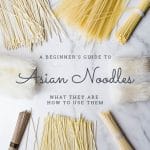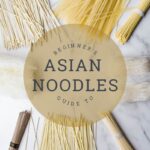The Beginners Guide to Types of Asian Noodles
This simple beginner’s guide to types of Asian noodles is a clear and simple way to understand the differences between the most common forms of Asian noodles, how to use each and how to cook them.
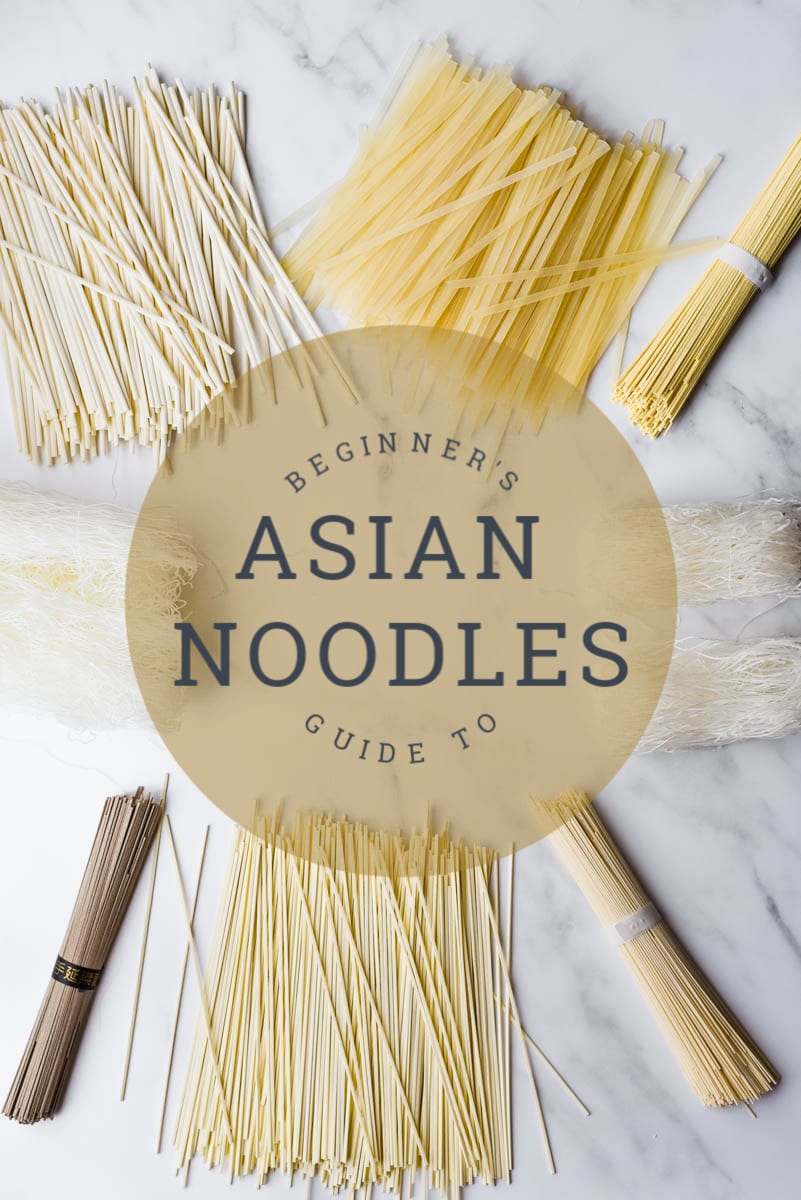
Ah, noodles!
Noodles are one of the worlds greatest foods, and one that can be found in nearly every country! It is an inexpensive staple to so many cuisines. Spaetzle, orzo, pierogi, dumplings, fideos, spaghetti — everyone loves noodles!
And its not hard to know why – Noodles are the perfect backbone for so many dishes with sauces and also make great additions to soups and they are so kid friendly! Read how to teach kids to love International food.
However, when it comes to Asian noodles, they can seem so similar (and yet so different), that it is often hard to know what to use when!
The following guide is a simple breakdown of what you need to know for your trip to the grocery store so you can pick up the best noodle for your recipe!
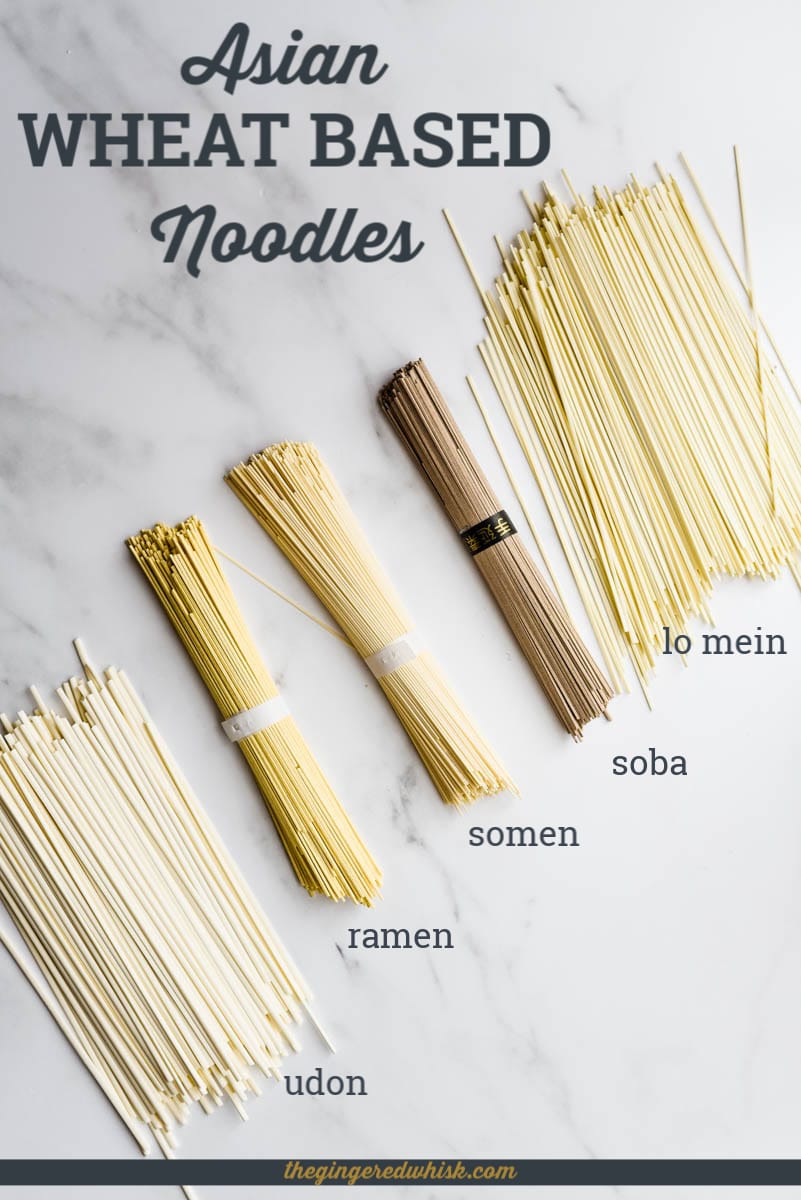
Types of wheat based Asian noodles
Asian noodles have some similarities and some different with Italian noodles. Italian noodles are all made with durham wheat. Asian noodles can be made out of wheat flour, rice flour, yam flour, or mung bean flour . Italian noodles tend to have the same texture no matter what shape they are in because they are made with the same ingredients and are cooked the same. Asian noodles tend to have different textures (some are soft, some have a firm bite, some are chewy, some are springy) because they can be made so many different ways and cooked differently.
The following types of Asian noodles are can be found in most grocery stores, so you shouldn’t need to take a trip to your local Asian market unless you really want to.
How to cook Asian wheat noodles:
These types of noodles will cook similarly to an Italian pasta, since they are about the same size and shape and have similar ingredients. However, they will generally require less cooking time. You want to make sure that you do not overcook them. You want them to still have some bite in them. Make sure you read the package directions and follow them! They usually only need between 6-8 minutes of cooking time.
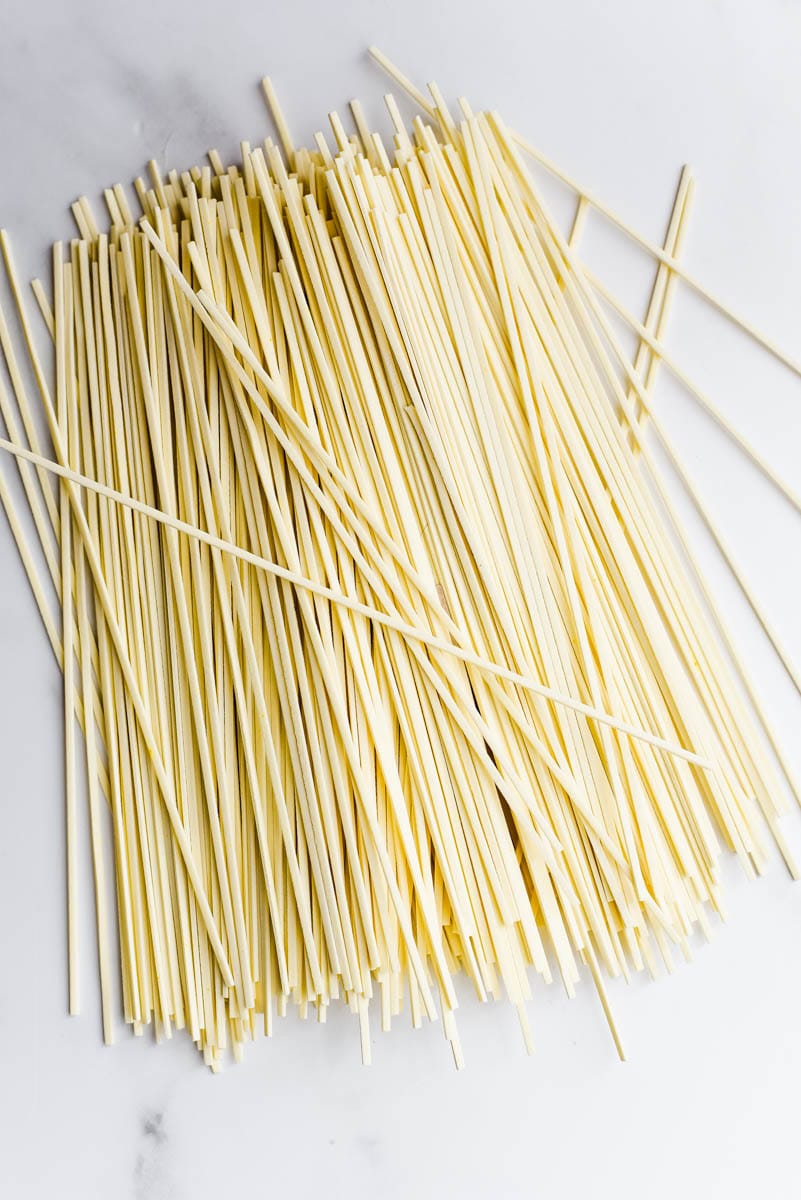
Lo Mein
Lo mein are a popular Chinese noodle made from wheat and egg and are similar to spaghetti in shape, appearance, and texture. They have a good chew to their bite.
HOW TO USE: Lo Mein noodles are almost fool proof to use. They work great in dishes with heavy sauces and chunky ingredients, like stir fries.
Substitutions: You can substitute spaghetti or linguine noodles in a pinch.
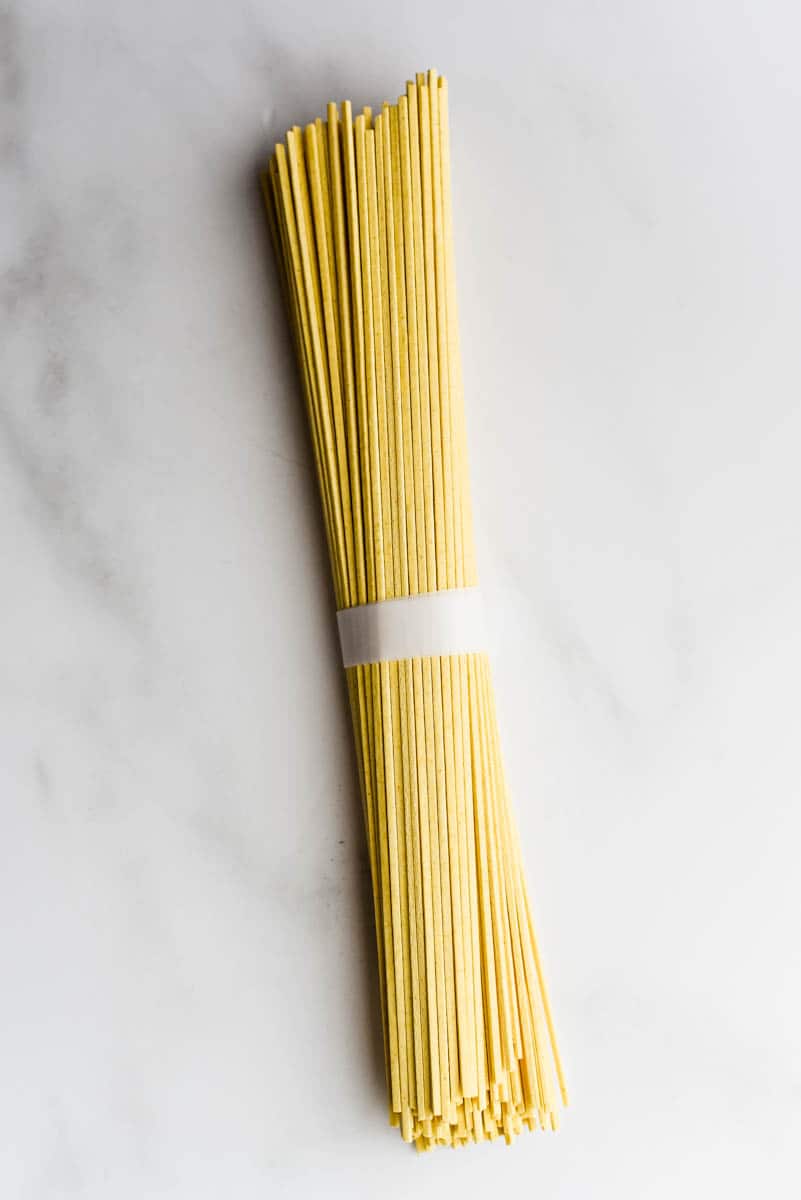
Ramen Noodles
Ramen noodles are a Japanese noodle that actually originated in China! They are like a thin spaghetti, but are treated in an alkaline solution to help give them their yellowish color and springy, chewy texture.
HOW TO USE: These noodles were made for soups! Cook them separately and add them right before you serve. Try them in this Slow Cooker Pork Ramen.
Substitutions: If you can’t find good quality ramen noodles, you can substitute the cheap college-era packets. Just throw away the seasoning packet and use the noodles! You can also use spaghetti noodles, an add 1 TBSP of baking soda to the water before adding your pasta in (add it slowly, or you will make a volcano on your stove).
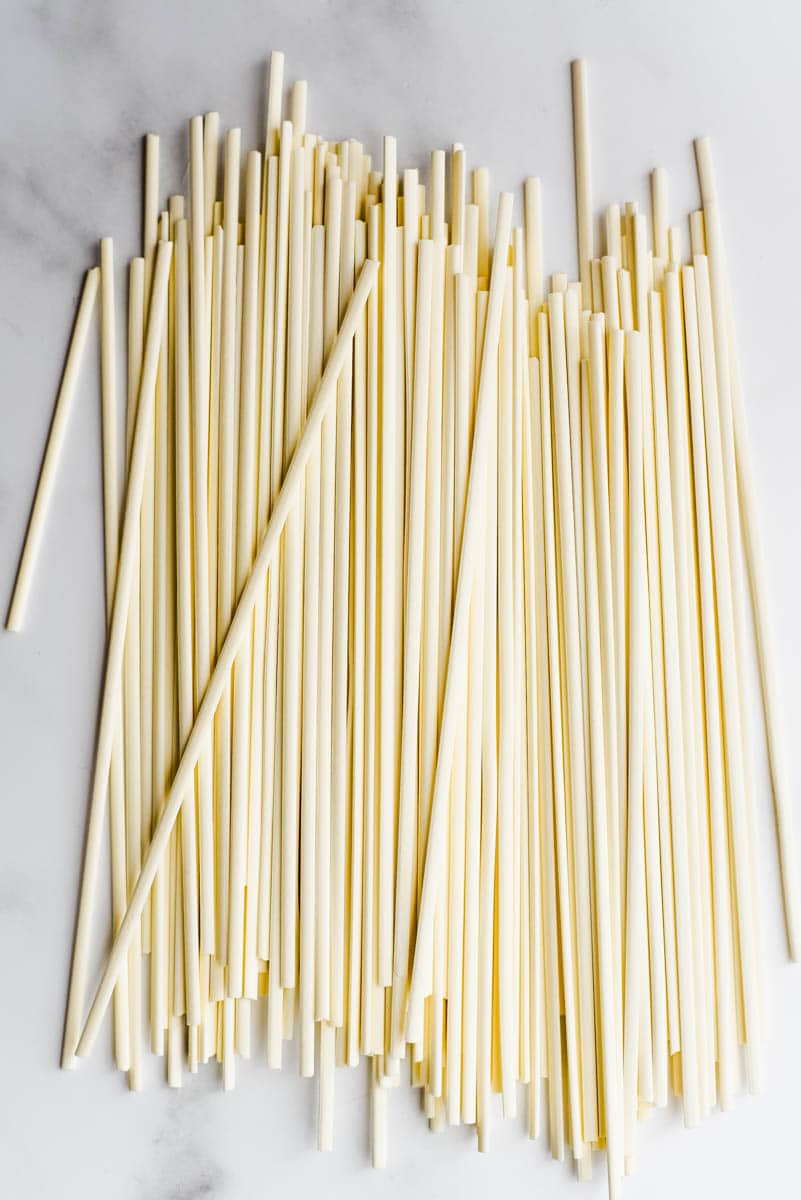
Udon Noodles
These Japanese noodles are thick, fat and chewy with a neutral flavor, which makes them a great addition to many meals. Don’t overcook them or you will loose that great chewy texture.
HOW TO USE: These noodles hold up well in heavier sauces and meaty broth. Udon noodles are typically served hot and work great in soups and stir fries. They can also be served cold. Try them in this Udon Noodle with Asian Vegetables and Peanut Sauce recipe.
Substitutions: You can substitute a good quality whole wheat spaghetti.
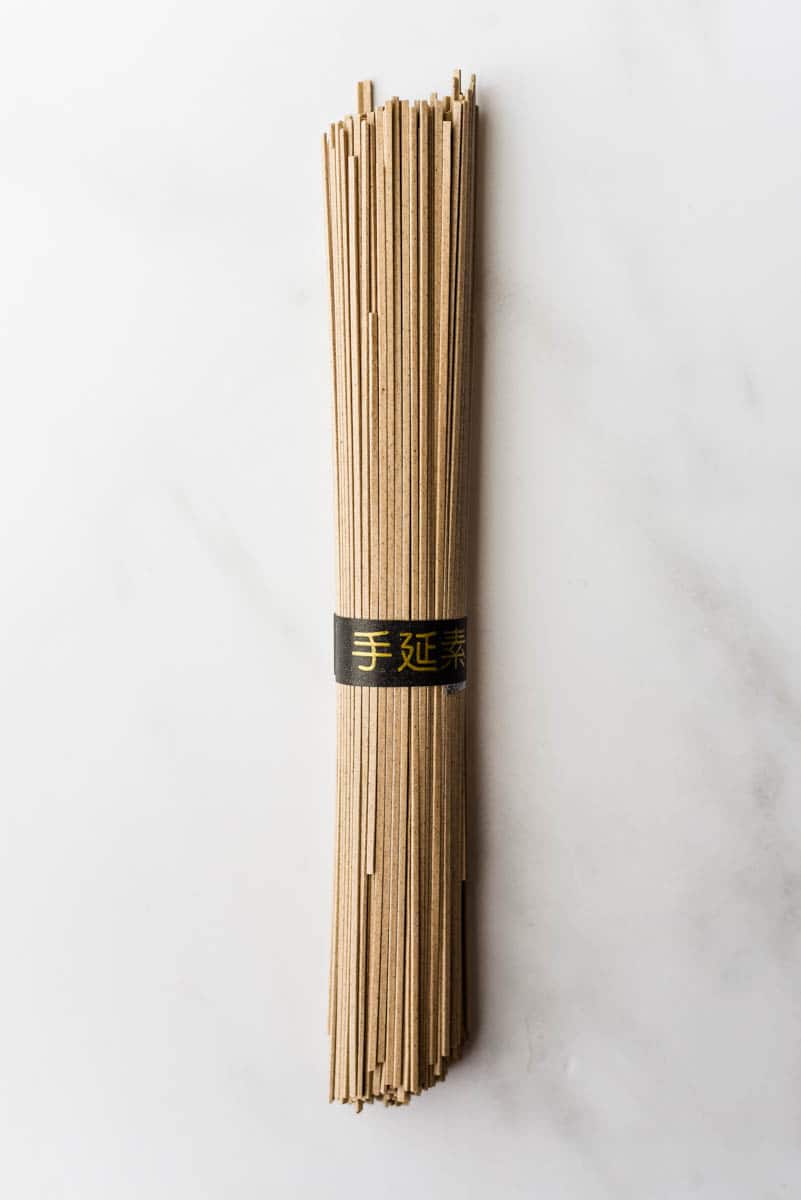
Soba Noodles
These Japanese noodles are a fun type of noodle to try because they have such different ways to enjoy them. They are made with buckwheat and a small amount of wheat, which gives them a rich, darker color, a distinctive nutty, earthy flavor and a great chewy texture.
HOW TO USE: These noodles are usually served cold with a sauce on the side to dip them into. They can also be added to salads, soups, or stir fries.
Substitutions: Can substitute whole grain spaghetti, or a gluten free buckwheat based pasta.
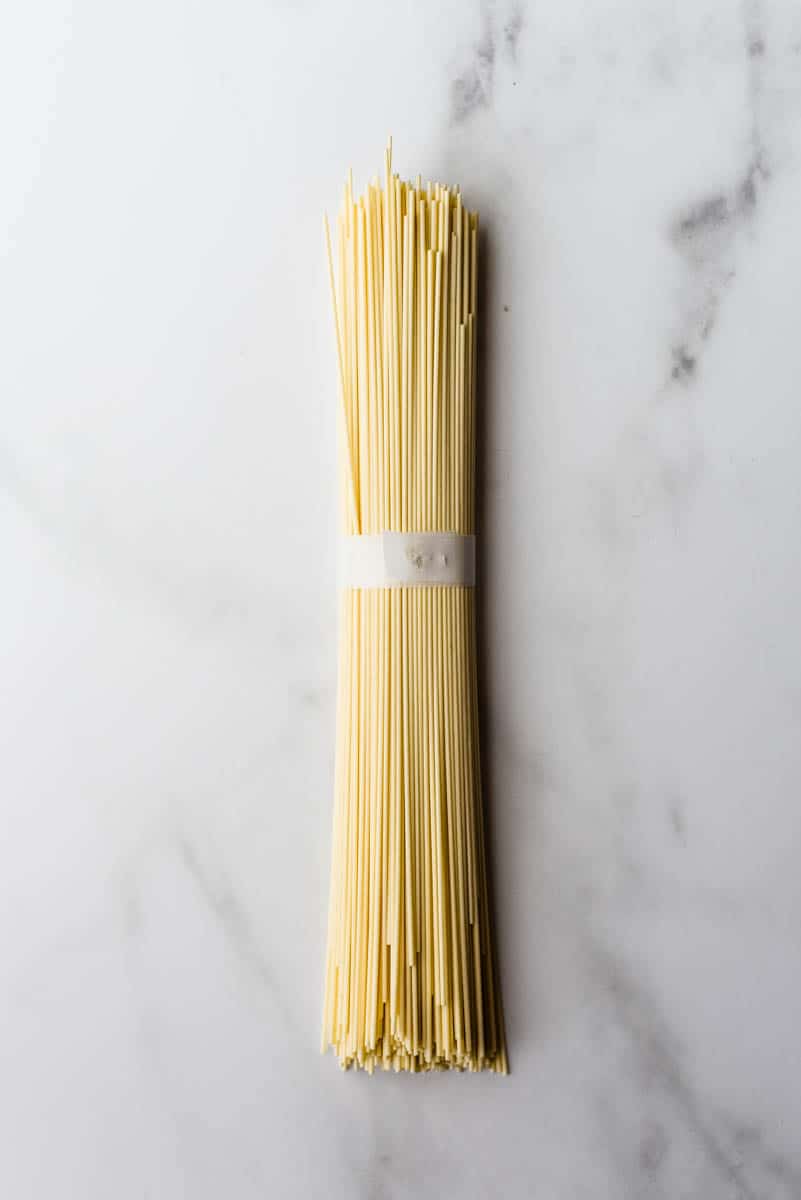
Somen Noodles
Somen noodles are similar size and shape to soba but made with wheat instead of buckwheat. Because of their differences in flour, somen are more white in color and have a milder taste to them.
HOW TO USE: served cold with dipping sauce. Can also be used in hot broth based soups and in stir fries, too.
Substitutions: Can be substituted with rice sticks or angel hair pasta.
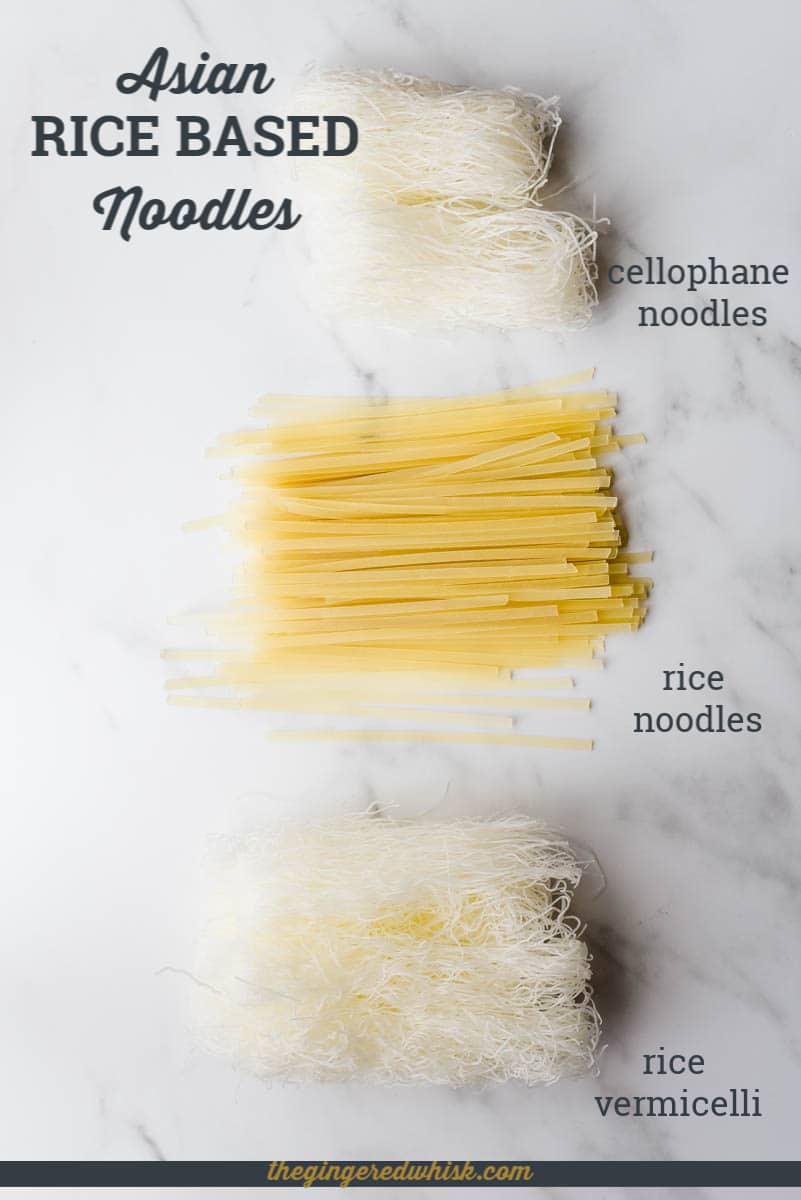
Types of rice based Asian noodles
Rice noodles are a great alternative to wheat based noodles. They come in a variety of thicknesses and textures, but the main thing that sets them apart from other types of noodles is that they have a very neutral taste. They really don’t taste like much at all, which makes them a good option for bulking up a recipe without adding any additional flavor to it.
How to cook rice noodles:
Rice noodles are super delicate. They don’t actually need cooking as much as they need a quick soak in a hot water bath. Put them in a bowl of hot water and allow to sit for a few minutes, stirring every now and then, until they are tender. This can take anywhere from 1 minute to 5 minutes, depending on the pasta, so check the package directions. If you are adding them to a stir fry, under cook them a bit since they will continue cooking in the skillet. Drain and rinse in cold water to stop the cooking.
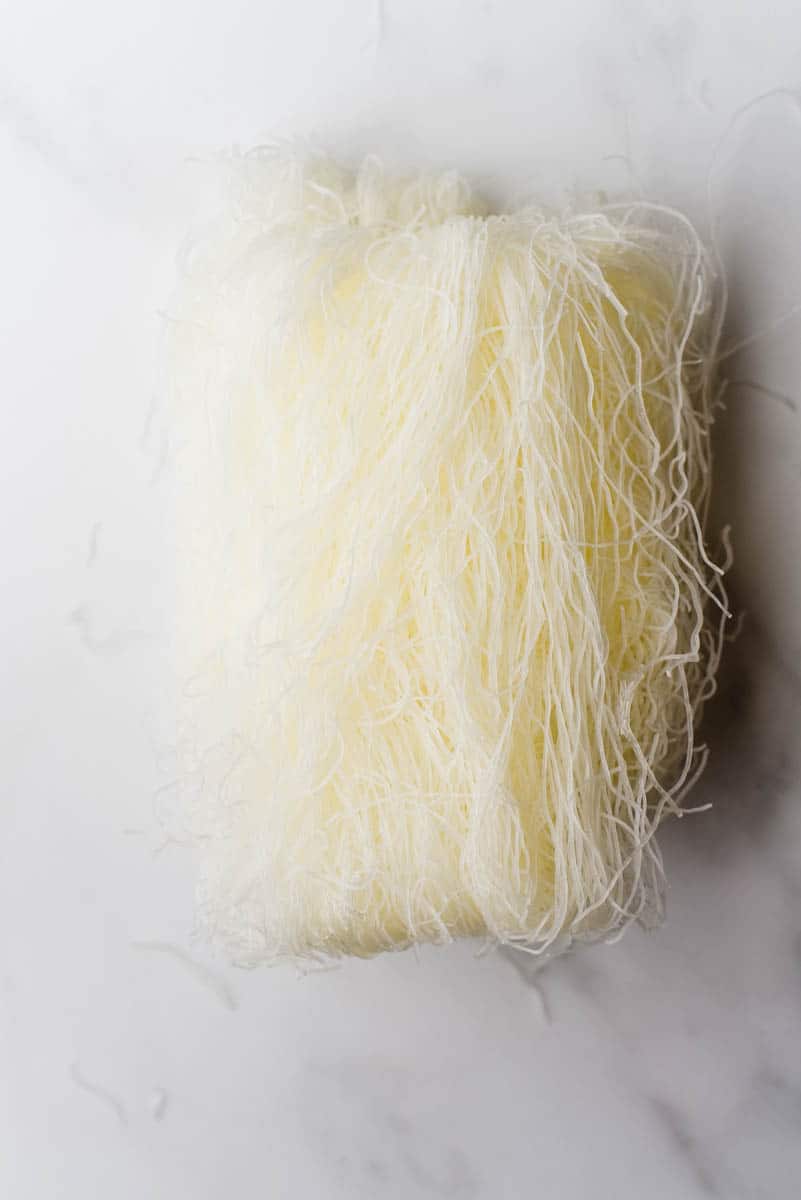
Rice Vermicelli
These super thin and delicate rice noodles . Longer and thinner than rice sticks. Before cooking, they look very similar to cellophane noodles, however these remain white after they have been cooked where cellophane noodles turn clear.
HOW TO USE: great additions to soups. Can be fried to puff up.
Substitutions: The best substitute are cellophane noodles. You can substitute angel hair pasta, but it won’t be quite right.
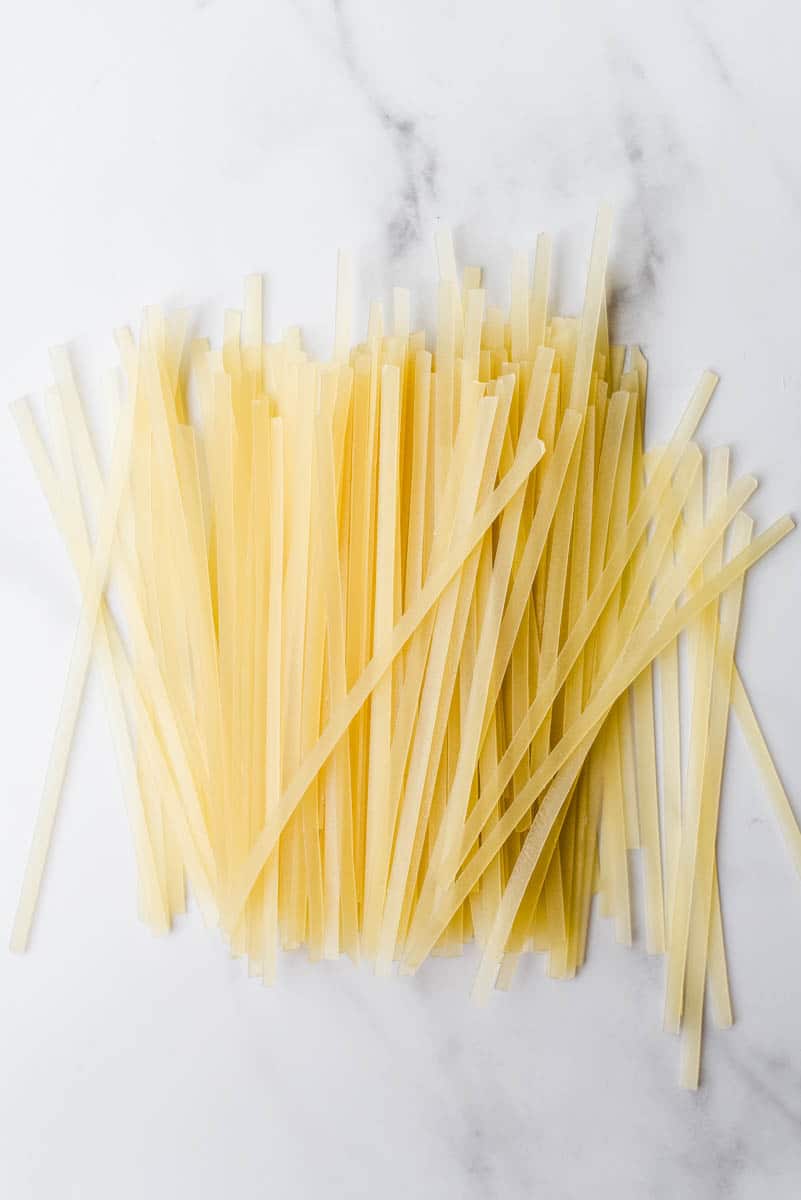
Rice Sticks
These flat rice noodles originated in China but quickly spread to most Asian cuisines. They are the most common seen type of rice noodle and they come in many thicknesses, textures, and lengths. You can find them fresh, frozen, or dried. Sometimes they are also called pad thai noodles.
HOW TO USE: Used in soups and stir fries. Try them in Thai Stir Fry with Pork and Broccolini!
Substitutions: Can substitute with fettuccine or linguine, but the flavor will be slightly different.
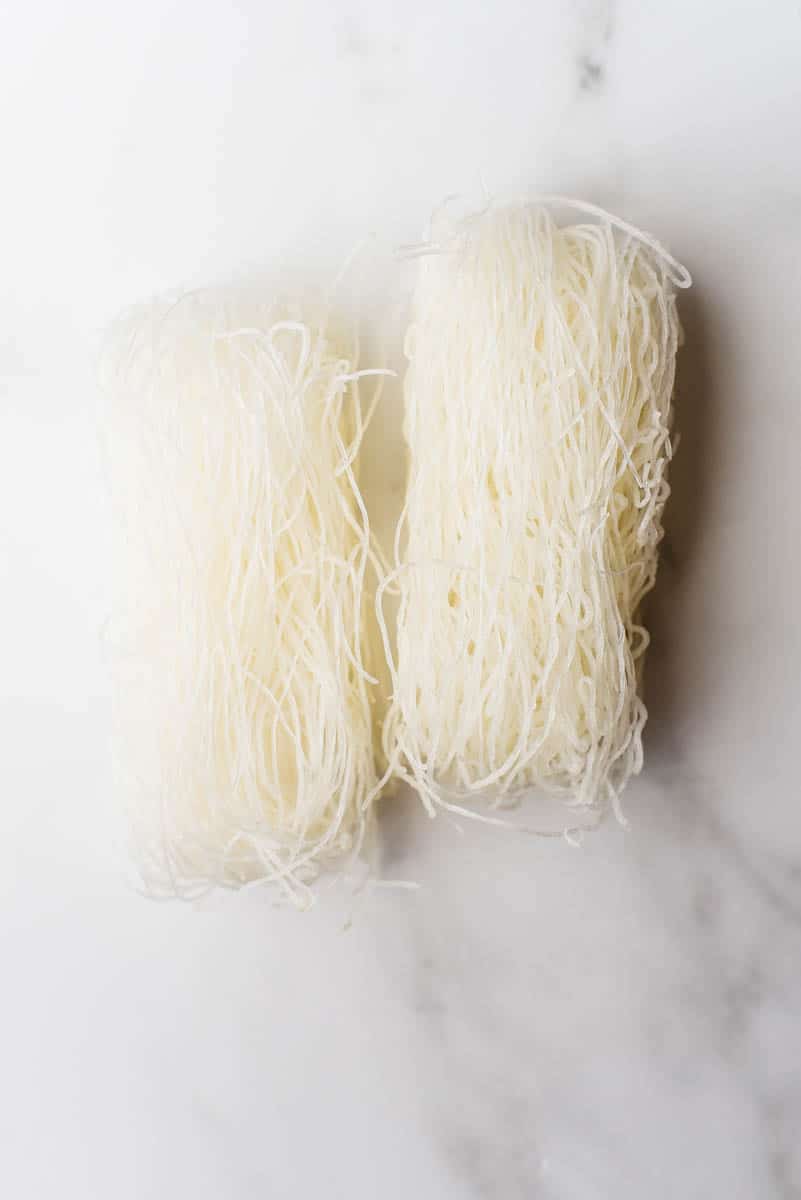
Cellophone Noodles
Also called bean threads, these super thin noodles are actually made from a starch (most common is mung bean starch, but it can also be made from sweet potato or potato starch). Sometimes they are called glass noodles because they have an almost glass like transparency to them when they are cooked. They are very versatile and have a neutral taste. Before cooking, they can seem similar to rice vermicelli, but you can easily tell the difference when they are cooked, since cellophane noodles turn clear after cooking and rice vermicelli remains white.
HOW TO USE: These noodles work well in soups and stir fries and spring rolls. These delicate noodles absorb the flavor of the foods they are cooked with, so they really act more as a fun vehicle for flavor than actual flavor itself. You can fry them and they will puff up and become crispy.
Substitutions: Can’t really be substituted because of their texture, but the closest match are rice vermicelli.
Looking for more information on Asian cuisine and how to easily use it in your family’s meal plan? Head on over to the Beginner’s Guide to Kid Friendly Asian Food for all the resources you need!

